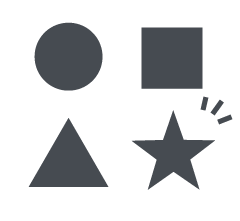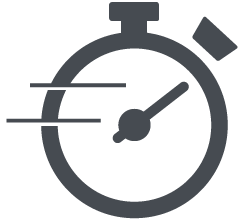dicovery
To strengthen ours domain knowledge of Mail2000, we conducted a series of In-depth interviews among 10 Mail2000 users (9 Taiwanese in A company and 1 Japanese in B company) to find out about their context.
"We focues on obeserving users' behaviour at first becouse that would help us get more cues based on facts quickly, then extended to their scenarios inclusive of many objects or interactions, finally, their attitudes toward whole Mail2000."
 Fig. 1 Record of Interview
Fig. 1 Record of Interview
Except for composing and reading mail, while using Mail2000 (webmail) in PC, these users always “manage their mail folder” (to put the right mail into the right folder) and “find”. We hightlighted some common attributes of what we learned from them:
Behaviour
- Always communicating with external contact every workday.
- Categorise their mail into To-do or DONE in many ways, and precisely classify their mail. (by project, person, team, and so on)
- They download attachment either when going to edit current file immediately, or concerning that preview might show a distort document.
- Heaps of mails. Because they never delete their mails. (except for spam)
Attitude
- Mail2000 is the only place where always keeping theirs the purest and newest attachment, especially when they found nothing in local folders.
- Categorise their mail into To-do or DONE in many ways, and precisely classify their mail. (by project, person, team, and so on)
- Occasionally, it’s quite hard to find mails out for them, especially attachment, and not just concerns of performance.
In order to realize the context of searching thoroughly, I conducted a brief one-on-one usability testing with think aloud method among 7 participants.
 Fig. 2 Context of Find attachment
Fig. 2 Context of Find attachment
Task: Access a particular attachment. (a sales report PDF)
We found there are two patterns of behaviour:
Recall and type keyword. Two partipants even couldn’t sure if they received this mail before, so they tried some keywords first. (green line)
Exploring. Five of them knew that mail, the goal became simpler for them: Shift into the right folder (their context looks , just changing viewing mode. (blue line)
The fact is, it’s quite hard for participants to type even one keyword to search for lacking of retrieval cues, on the other hand, it tends to make participants losing their way when catching the wrong memory at the beginning.

















